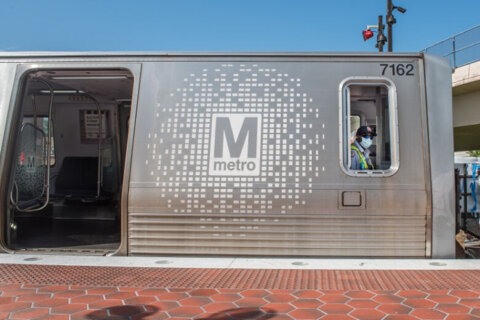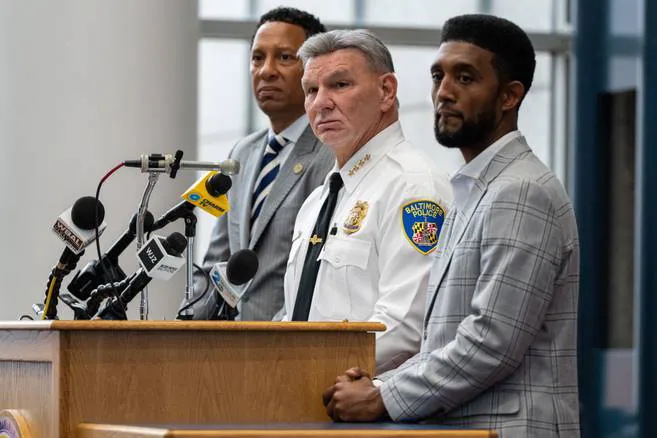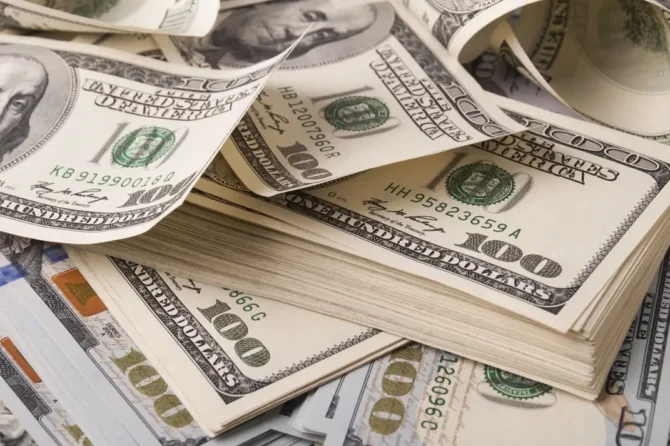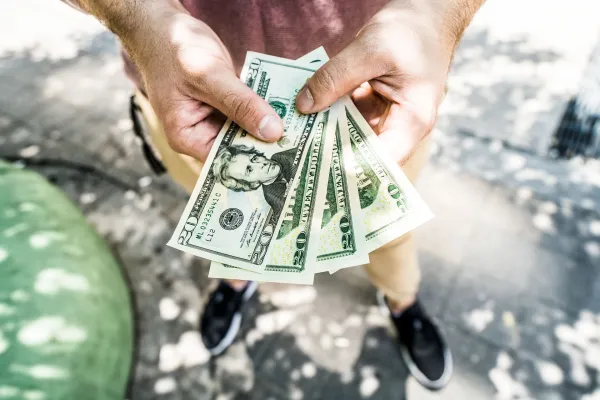WTOP: It’s budget season for Metro, and right now the transit system is trying to figure out how to address rising costs and expenses, while also continuing to increase ridership.
The bottom line? A lot of people can expect to pay more to ride the rails, while some may end up paying less.
Striving for more simplicity in its new fare plan, Metro is proposing to get rid of the current peak and off-peak prices. Under the new proposal, the base fare would be $2 no matter what — currently that’s the base fare for off-peak fare — while the maximum anyone would pay is $6.50 a ride on Metrorail, which is 50 cents more than the current maximum fare during peak travel hours.
Some suburban riders could really feel the impact though, since the current off-peak maximum is just $3.85.
The flat fares for late-night and weekend riders would remain in place.
“A lot has happened in the last five years, including a huge amount of inflation that’s impacting all of us but is certainly impacting WMATA,” said Tracy Hadden Loh, a Metro Board member representing D.C. “We need to figure out how to pay for this system and have a balanced budget. It’s definitely happening. We’re working to tool exactly what it looks like but it’s definitely happening.”
She ended with the caveat that figuring out the most reasonable way for the fare hikes to come will be important.
Public hearings are scheduled to begin next month.
Sarah Kline, who represents the federal government on the board, worried that the current proposal doesn’t leave the board enough wiggle room to strike a different balance.
“We may have constrained ourselves a little too much in the proposal,” said Kline. She noted that while Metro General Manager Randy Clarke has to propose something, the board has a little more leeway.
She raised the idea of raising the base fare to $2.25 instead of just $2, because, Kline said “I worry a little bit that we’re constraining optionality, that we are moving other levers and not allowing ourselves to consider moving that one — the base fare.”
When the board meets again in two weeks, the board might consider some amendments to the proposed fare structure. Once a formal proposal is presented to the public, Metro can only lower fare proposals, so starting with a proposed base fare of $2.25 means the board could potentially lower it to $2.10 or $2, as Kline noted — or keep it the same.
Kline also expressed interest in returning to peak and non-peak fares, once the demand is there, but admitted that WMATA isn’t there at the moment.
The proposal also includes half-price fares for low income riders.
“Anyone that would be qualified would actually be getting a 50% reduction, so some people actually are going to get lower fares,” said GM Randy Clarke. He described the budget as a “matrix” while addressing the board. “Each lever changes other levers as well so nothing is independent.”










